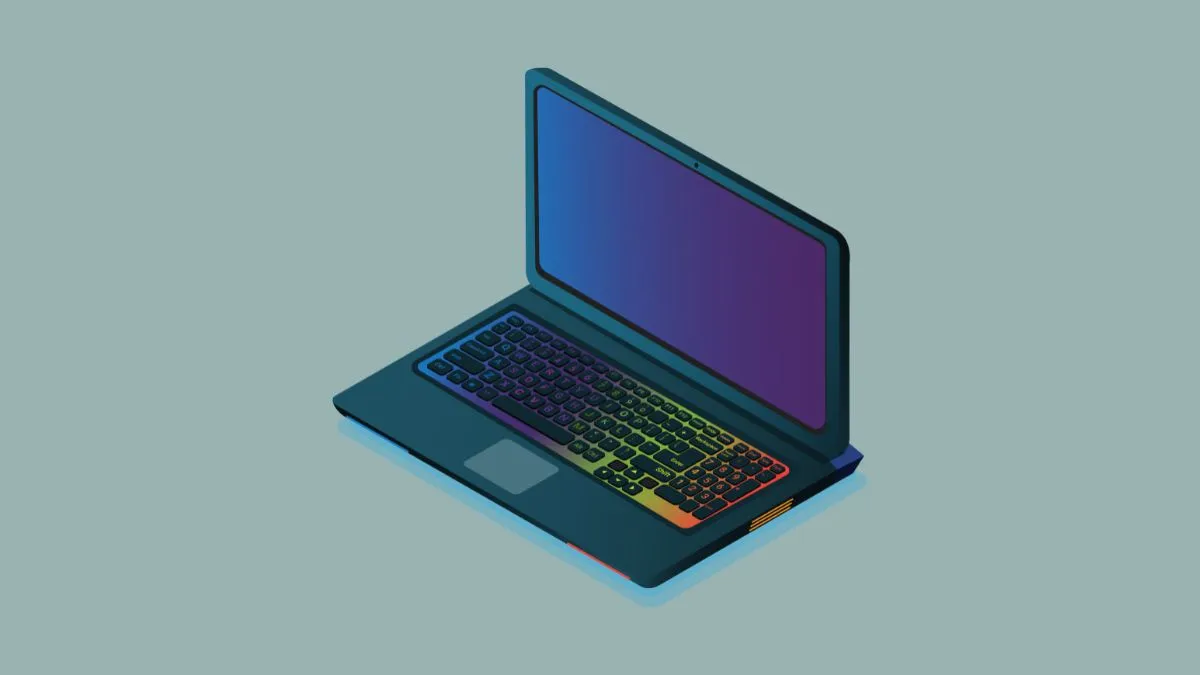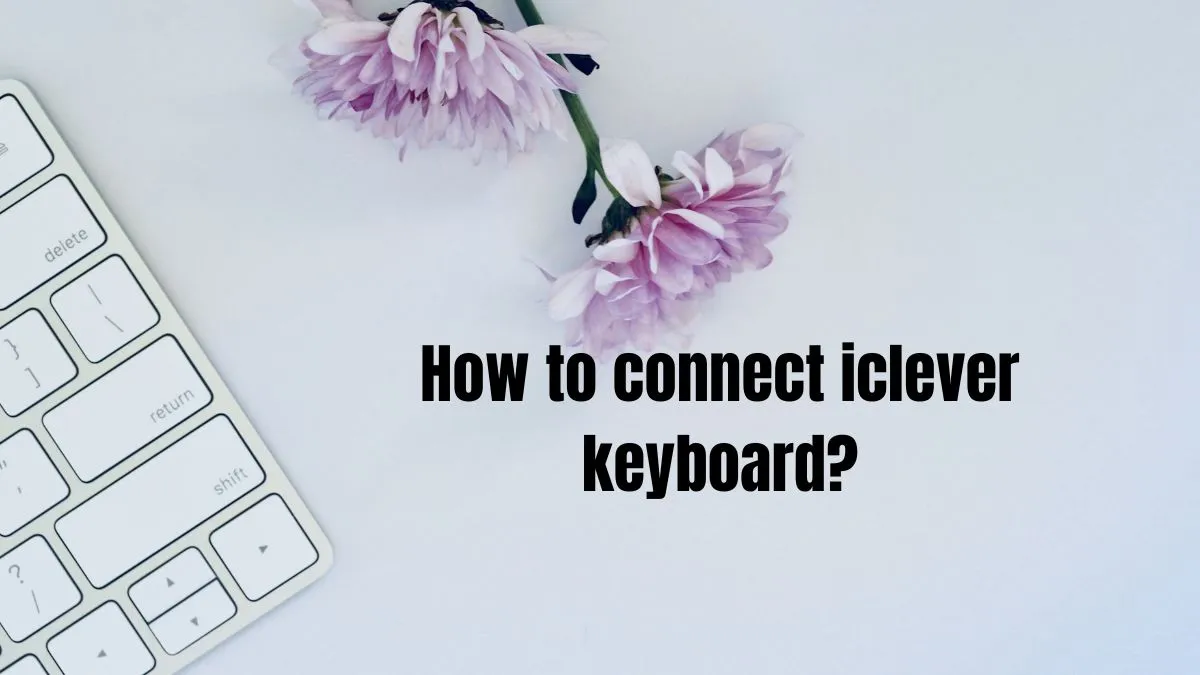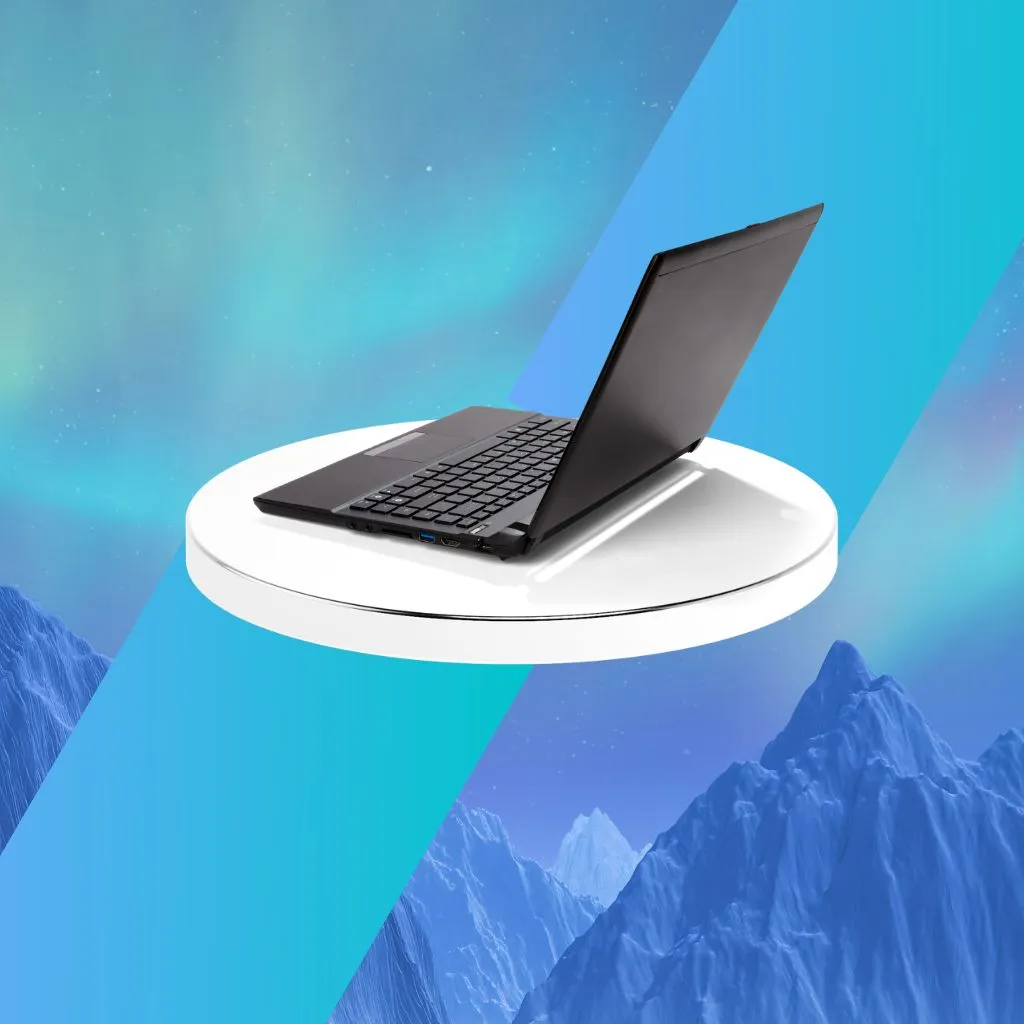To add more convenience to your typing as well as gaming experience, Microsoft wireless keyboard is a good option. But to utilize its functionality, you must turn on the keyboard.
In this guide, we’ll go through simple steps you can follow to turn on Microsoft wireless keyboard quickly.
We will also discuss different types of Microsoft wireless keyboards, their benefits and troubleshooting tips to resolve common issues.
First, let discuss a little bit about it.
What is a Microsoft Wireless Keyboard?
Before we get into the specifics of how to turn it on, let’s take a moment to discuss what exactly a Microsoft wireless keyboard is.
A Microsoft wireless keyboard is a peripheral device that allows you to communicate with your computer wirelessly via Bluetooth or RF technology.
It pairs with your PC or laptop and features an array of keys for typing, as well as special function buttons like volume, media player controls, and more.
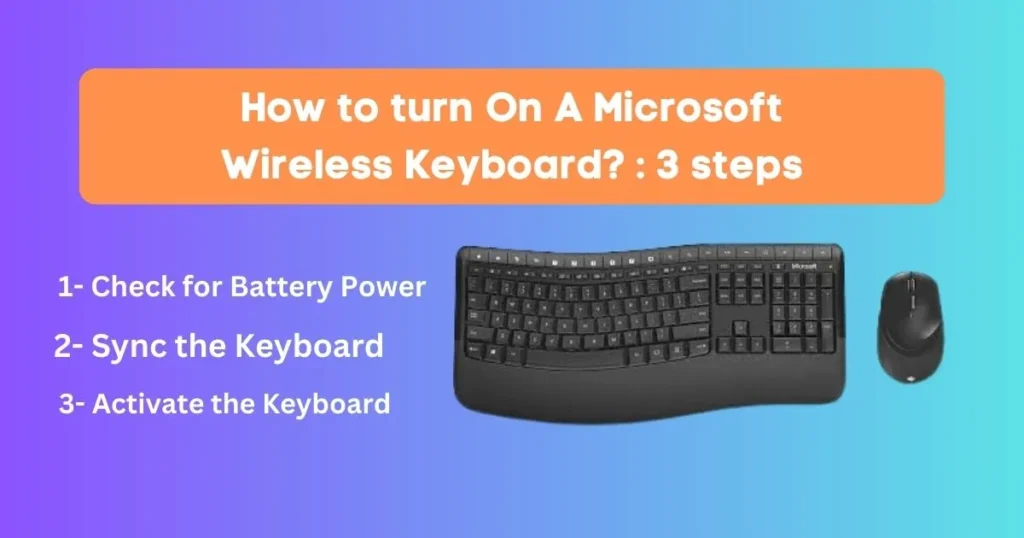
Now, lets go through all the steps one by one.
Step 1: Checking Compatibility and Requirements
Before trying to turn on your Microsoft wireless keyboard, make sure that it is compatible with your device.
- Make sure that your device has Bluetooth functionality. Most modern computers and laptops come with built-in Bluetooth, but if yours doesn’t, you may need to purchase a USB Bluetooth adapter.
- Check the operating system requirements for the keyboard. Microsoft wireless keyboards typically work on Windows, MacOS, and Android devices.
- Ensure that your device has enough battery power. If your device is low on battery, the keyboard may not pair properly.
Step 2: Powering on the Keyboard
Once you have confirmed compatibility and requirements, it’s time to turn on your Microsoft wireless keyboard.
- Locate the power button on the keyboard. It is usually located at the top or side of the keyboard.
- Press and hold the power button for a few seconds until the indicator light starts blinking. This means that the keyboard is now switched on.
Step 3: Activating Bluetooth on the Device
Before connecting your keyboard to the device, you need to activate Bluetooth on your device.
- For Windows and MacOS devices, go to Settings or System Preferences and select Bluetooth. Toggle the Bluetooth button to turn it on.
- For Android devices, swipe down from the top of the screen to access Quick Settings and tap on the Bluetooth icon to turn it on.
Step 4: Putting the Keyboard in Pairing Mode
Now that your keyboard is powered on, you need to put it in pairing mode so that your device can detect it.
- Press and hold the “Connect” or “Pairing” button on the keyboard. This button will typically have a Bluetooth symbol next to it.
- The indicator light will start blinking faster, indicating that the keyboard is now in pairing mode.
Step 5: Connecting the Keyboard to the Device
- On your device, select the option to search for Bluetooth devices. Your Microsoft wireless keyboard should appear in the list of available devices.
- Select the keyboard and follow any on-screen instructions to complete the pairing process.
- Once connected, the indicator light on the keyboard will stop blinking and remain lit, indicating a successful connection.
You may also want to discover some easy ways to connect the iclever keyboard.
Steps for troubleshooting connection issues:
If you’re having trouble connecting your Microsoft wireless keyboard to your computer, there are a few things you can do to fix the keyboard issue.
Follow these steps to troubleshoot any connection issues:
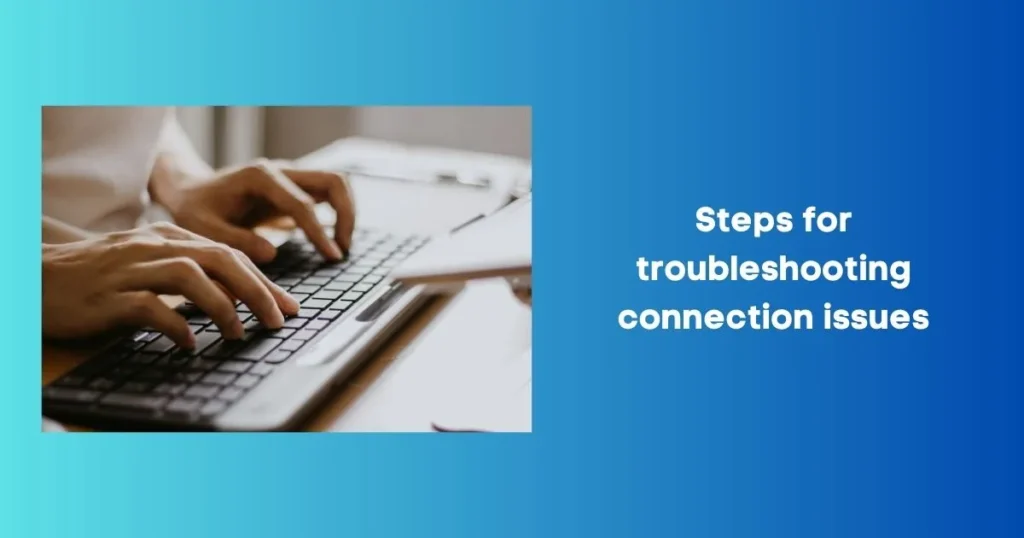
1- Check Batteries and Syncing Status:
The first step is to make sure that the batteries in your keyboard are fresh and that it’s properly synced with your computer (see above).
If either of these factors isn’t right, you won’t be able to turn on the device.
2- Reset the Keyboard:
Try to reset your keyboard, if you’ve double checked that everything is set up correctly but still can’t get it running.
To do this, simply press and hold the “Fn” key and the “Reset” button located on the top left of your keyboard for 5 seconds.
After doing so, re-pair your device with your computer as instructed above.
3- Check Your Bluetooth/RF Adapter:
If you’re using a separate adapter to sync your Microsoft wireless keyboard to your computer, make sure that it is properly plugged in and functioning correctly.
You should also ensure that its drivers are up-to-date—if they aren’t, go ahead and download them from Microsoft’s website or contact their customer service team for help.
4- Update Drivers:
Finally, if none of the above tips have worked, the problem may be your device’s drivers.
To update them, visit Microsoft’s website and look for driver downloads under “Keyboards and Mice” or contact their customer service team to get help.
You may also want to know easy ways to connect Ubotie keyboard.
Different types of Microsoft wireless keyboards:
Microsoft offers a wide range of wireless keyboards to meet every need. Whether you’re looking for an ergonomic device, a model with extra features and special functions, or something more basic that just gets the job done.
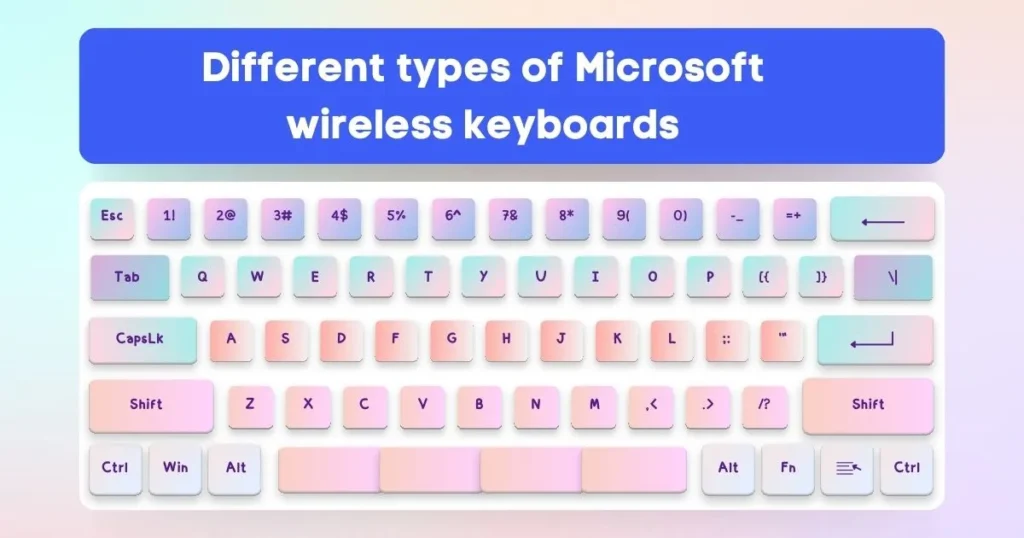
1- Ergonomic Keyboards:
Ergonomic keyboards are designed to help you type comfortably by allowing your hands and wrists to sit at a natural angle while typing.
Microsoft has several options in this category, such as its Sculpt Ergonomic Keyboard which comes with built-in palm rest, a split design that provides support for your hands and arms, and curved keys that encourage proper finger placement.
2- Specialty Keyboards:
For those who use their keyboard for more than just typing, Microsoft offers a range of specialty keyboards that come with extra features and functions.
One example is the Natural Ergonomic 4000 Keyboard which has customizable hot keys for quick access to your favorite applications, as well as a zoom slider and media controls.
3- Compact Keyboards:
If you’re looking for something a bit smaller, Microsoft also offers compact wireless keyboards designed to be used in tight spaces.
These models are typically lightweight and slim, making them perfect for travelers or anyone who needs to save on space.
4- Budget Models:
Finally, if you’re on a tighter budget but still want a quality product from Microsoft, there are several budget-friendly models available.
The Wireless Comfort Desktop 5050 is a great option for those looking for an affordable, no-frills keyboard that just gets the job done.
Benefits of using Microsoft wireless keyboard:
1- Improved Mobility:
The main advantage of a Microsoft wireless keyboard is improved mobility. With no cables to get in the way, you can move around your workspace with ease and type comfortably from any angle or distance.
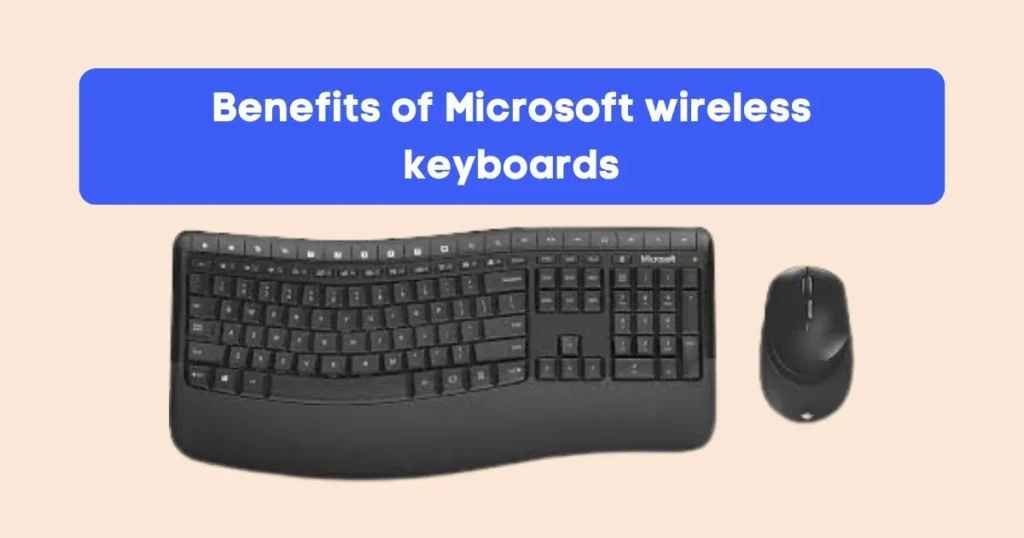
This makes it ideal for use in home offices, classrooms, libraries, and other tight spaces where cables can be an eyesore or trip hazard.
2- Easier Setup:
Another great benefit of a Microsoft wireless keyboard is that they are incredibly easy to set up and connect to your computer.
Since there are no cables to worry about, all you have to do is sync the device using Bluetooth or RF technology and voila – you’re ready to go!
3- Ergonomic Design:
Many Microsoft wireless keyboards feature ergonomic designs to accommodate different postures and keep your wrists in a neutral position.
This makes it easier to type for long periods of time without straining your hands or arms.
4- Customizable Buttons:
Another great thing about Microsoft wireless keyboards is that they often come with customizable buttons that allow you to assign specific functions to them.
It can be incredibly useful if you’re the type of person who uses shortcuts frequently, as it lets you quickly access common commands like copy, paste, play/pause, etc.
5- Long Battery Life:
Finally, many Microsoft wireless keyboards come with long battery life so you don’t have to worry about the device dying in the middle of a task. This makes them great for use in places where there aren’t any power outlets nearby.
Microsoft Bluetooth keyboard not pairing?
If you’re having trouble connecting your Microsoft Bluetooth keyboard to your device, there are a few things you can do.
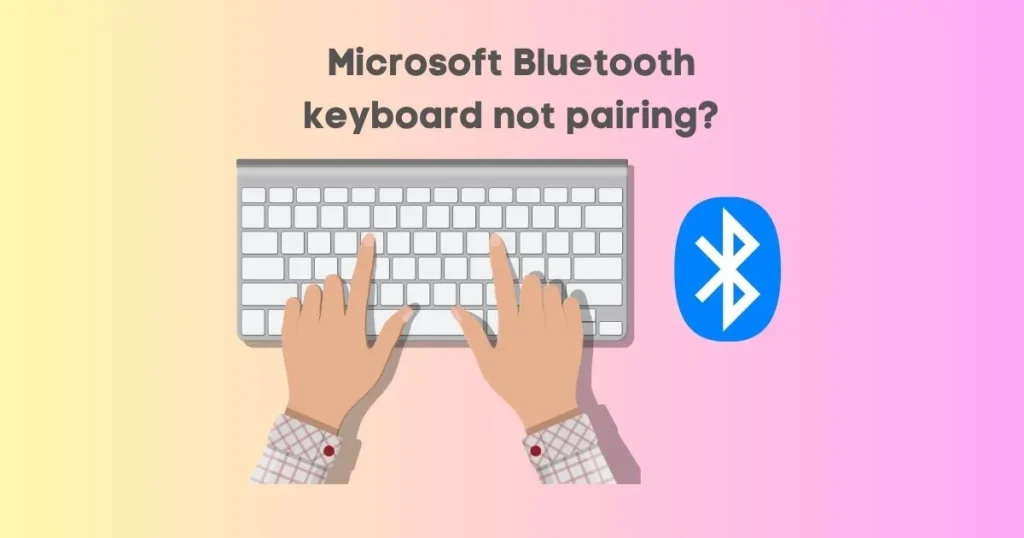
- First, try pressing the “Connect” button located on the top left corner of your keyboard for 5 seconds—this should trigger the pairing process.
- If that doesn’t work, make sure the Bluetooth device is actually turned on and in range. If it still won’t pair, try restarting both devices and then re-pairing them.
- Also check to see if there are any updates available for your Bluetooth drivers. If all else fails, contact Microsoft customer service for help.
Related queries
What if my Microsoft wireless keyboard won’t turn on?
If your Microsoft wireless keyboard isn’t turning on, the first thing you should do is check the batteries. Make sure they are properly installed and that they have enough charge in them.
Is a Microsoft wireless keyboard compatible with other devices?
Yes! Microsoft wireless keyboards are designed to be compatible with a range of devices. They can be used with both Windows and Mac computers, as well as Android tablets and smartphones.
Do I need to install any drivers to make my Microsoft wireless keyboard work?
No. Microsoft wireless keyboards are plug-and-play, which means they don’t require any special drivers or software to function properly. Simply connect the keyboard to your device via a USB port and you’re ready to go.
How do I know if the power switch is turned on for my Microsoft wireless keyboard?
If your Microsoft wireless keyboard has an on/off switch, it will usually be located along the top edge of the keyboard.
To turn it on, you simply have to slide the switch into the “on” position.
Where is the connect button on Microsoft wireless keyboard?
The connect button on Microsoft wireless keyboards is usually located at the top of the device. If it isn’t, you should be able to find it in your keyboard’s user manual or online support page.
What does the Microsoft wireless transceiver do?
The Microsoft wireless transceiver is a small device that allows your Microsoft wireless keyboard to communicate with your computer or other device.
Does Microsoft keyboard have a power button?
Yes! Microsoft wireless keyboards typically have an on/off switch, located along the top edge of the device. By sliding this switch to the “on” position, you can enable your keyboard and start typing.
How do I turn on the power on my keyboard?
If your Microsoft wireless keyboard has an on/off switch, simply slide the switch to the “on” position. If it does not have a power switch, you will need to connect it to a USB port or other power source in order for it to turn on.
Why is keyboard not lighting up?
If your Microsoft wireless keyboard is not lighting up, it could be due to a few factors. First, make sure the power switch on the top of the keyboard is switched to the “on” position.
If that doesn’t work, try connecting it to a different USB port or restarting your device. If all else fails, you may need to replace the batteries in your keyboard.
How do I wake up my Bluetooth keyboard?
If your Microsoft wireless keyboard is connected via Bluetooth, you can wake it up by simply pressing any key on the keyboard. This will turn on the backlight and allow you to use the device as normal.
Conclusion
Turning on your Microsoft wireless keyboard is relatively simple. In most cases, you can simply flip the switch to the “on” position or connect it to a USB port or other power source.
If your keyboard is connected via Bluetooth, you can simply press any key on the device to wake it up.
Ultimately, no matter which method you use, you’ll be able to take advantage of all the features that come with this convenient and stylish device.

